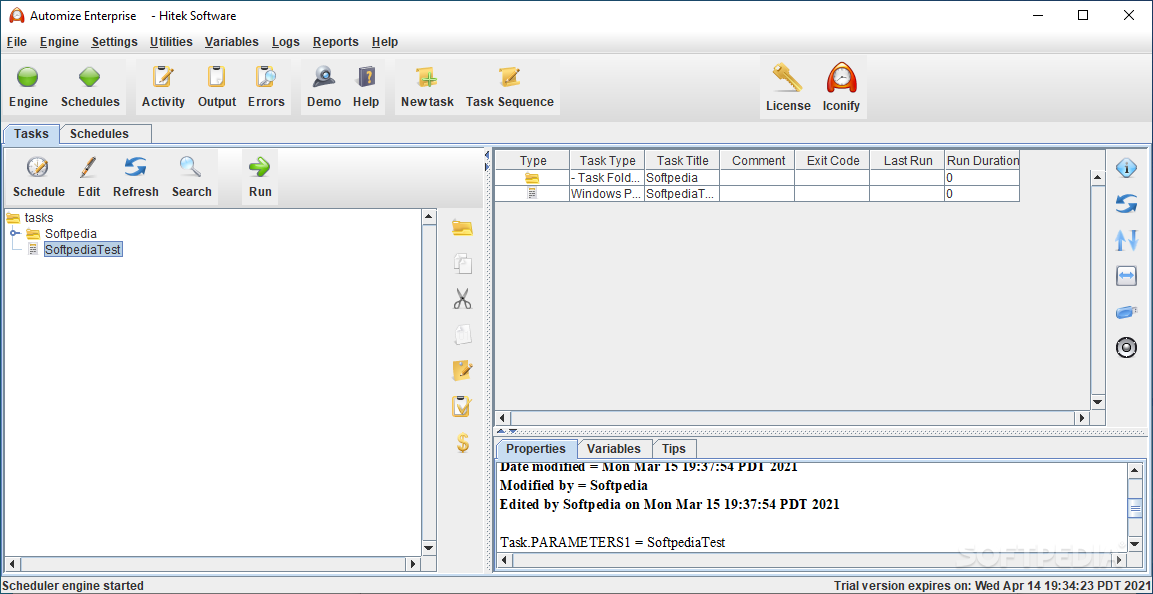

The Model2Go Supply model is ready for immediate use after delivery for analysis and visualization for several basic use cases. Besides the road network and associated parameters such as route types, speeds and capacities, the automated model also contains the public transport network, timetables, points of interest and structural data. PTV’s first release of Model2Go is PTV Model2Go Supply, which represents the network supply of different modes of transport. “This is particularly important today, where our mobility is changing very rapidly, and cities must quickly adapt to new challenges." It drastically reduces the time, effort, and cost of model-building, making model-based decisions viable even for small projects”, says Christian U. Thus, Model2Go is a real game-changer in urban and transportation planning.

“Model-based analyses often don’t come into use because the model building process is expensive and time-consuming. The automated process of model generation is not only faster and less cost- and resource-intensive, but also significantly less error-prone. The new cloud-based process combines smart automation technology with various data sources, including networks from Here or TomTom as well as public General Transit Feed Specification (GTFS) data on public transport networks, and OpenStreetMap data. With PTV Model2Go, users may no longer deal with time-consuming processes such as data collection, data integration, and the technical setup of the model. Users such as cities, consulting companies or research institutions receive a ready-made foundation on which they can directly implement simple and complex use cases.īuilding a base model manually usually takes month and requires lots off knowhow and resources.

With PTV Model2Go, basic transportation models can be set up for any city or region worldwide within just a week. PTV Group, the market leader for mobility software, launches a new technology to automize the building of standardized transport models for the first time. PTV Group automizes the building of standardized transport models for the first time


 0 kommentar(er)
0 kommentar(er)
